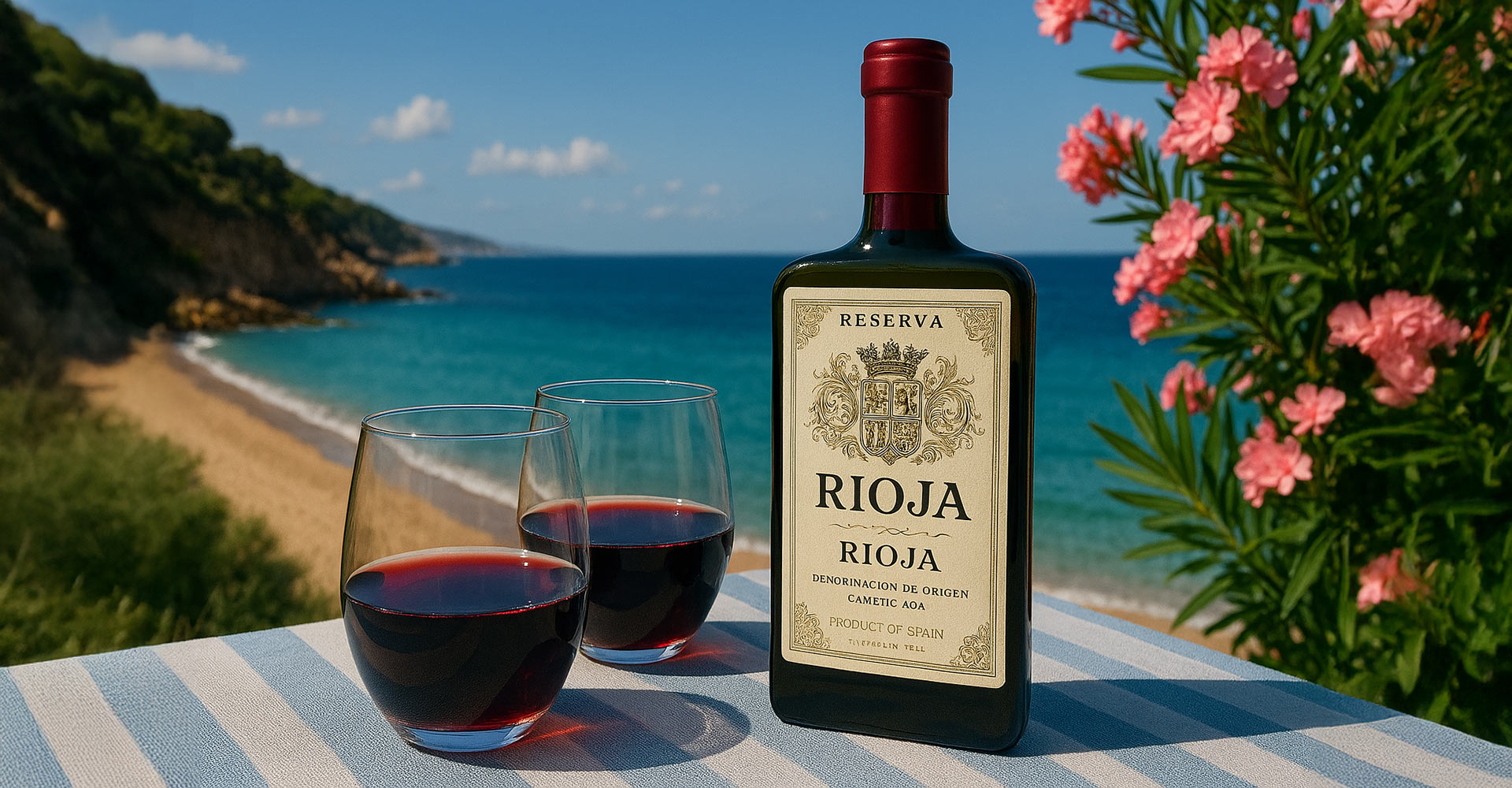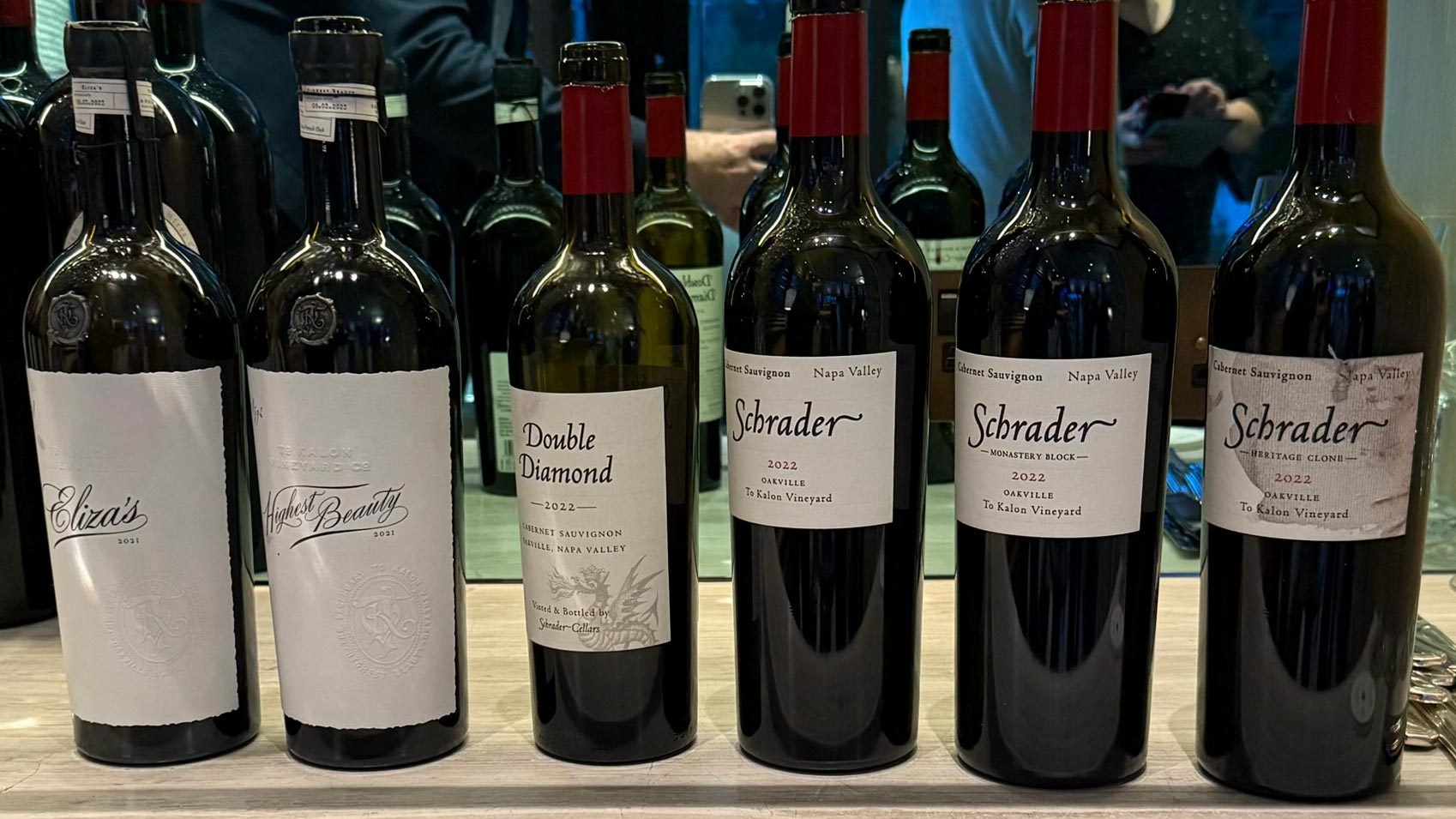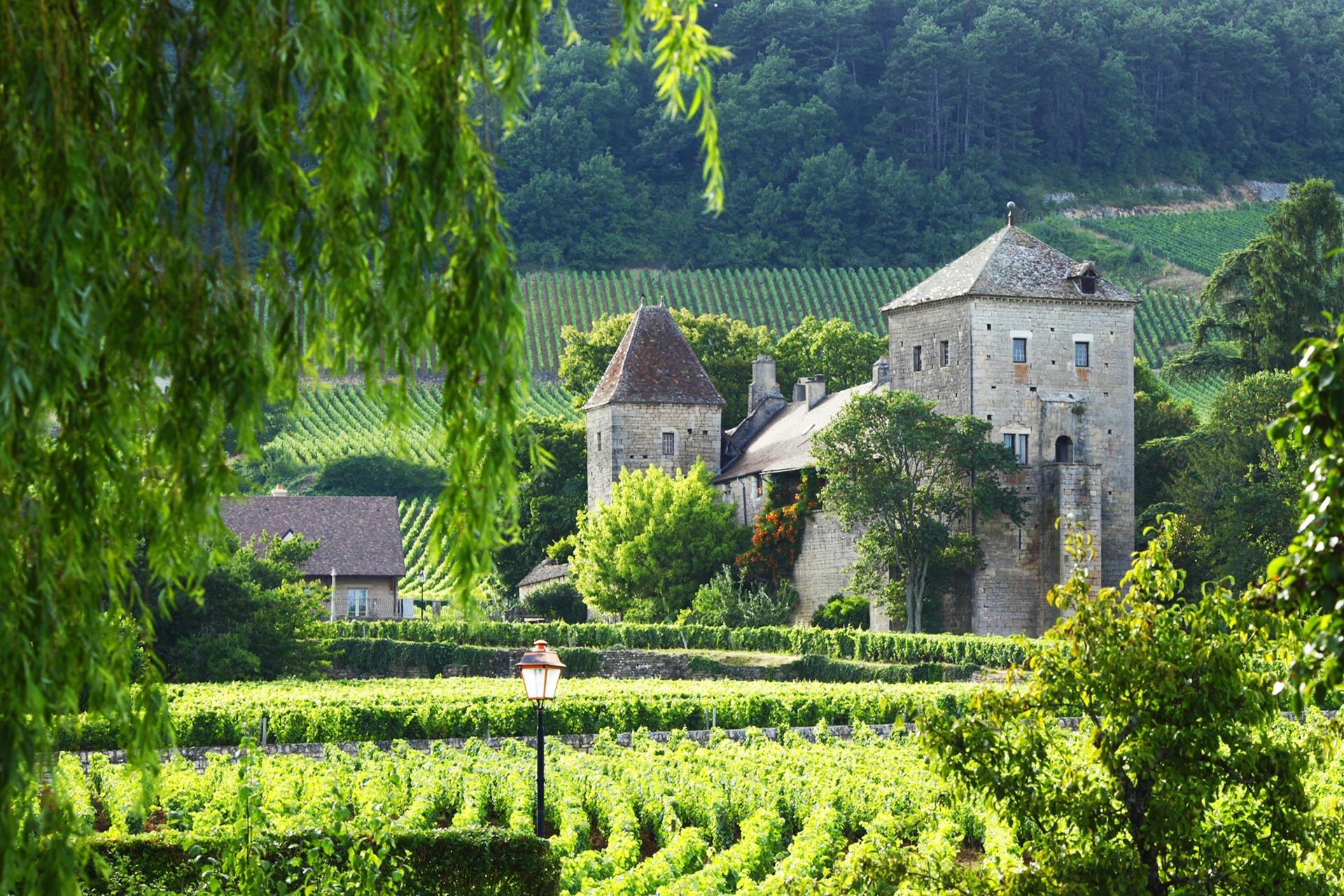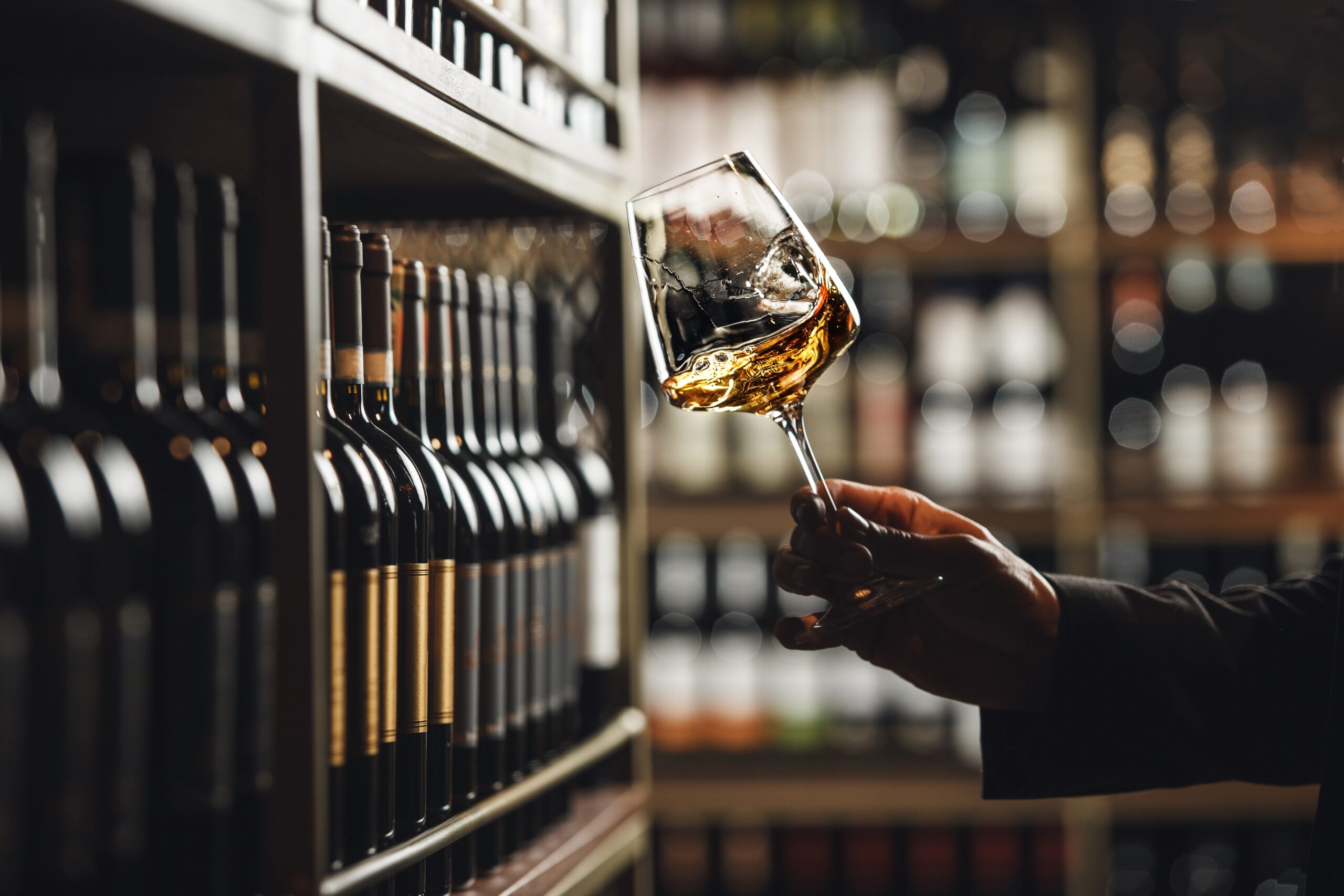Let’s be honest—when most people think of wine packaging, they picture a 750ml glass bottle, lovingly cradled in a box, possibly wearing a screw cap like a little metallic beret. Classic, yes. But cutting-edge? Not exactly.
This article isn’t just here to raise your eyebrows at what’s out there—it’s your satnav to navigating the twisty-turny road of wine packaging innovation. Think of it as your vino-fuelled guide to what’s hot, what’s green, and how to get your hands on it without needing a PhD in supply chains.
Well, pop that cork and prepare for a rethink because the wine world is getting a facelift—and it’s not just a new label. From cans and flat bottles to augmented reality (AR) labels that talk back (sort of), wine packaging is evolving faster than a sommelier’s swirl.
This isn’t just about looking snazzy on the shelf. Packaging is now the battleground for sustainability, storytelling, and standing out. For wineries in the UK and across Europe, getting packaging right is no longer optional—it’s essential for meeting eco-goals, keeping up with EU/UK regulations, and making younger consumers say, “Ooh, that’s clever.”
Section 1: Sustainability – Not Just for Hippies Anymore
Glass is heavy, fragile, and carbon-intensive. Traditional bottles can account for up to 40% of a wine’s environmental footprint. Enter lightweight glass, rPET bottles, cans, and even paper bottles.
How to Get Started:
- Lightweight Glass: Check out O-I Glass and Vetri Speciali, both supplying eco-friendly lightweight bottles across Europe.
- Recycled PET: ALPLA and Packamama offer sleek, flat rPET bottles with strong eco-cred and transport savings.
- Paper Bottles: Frugalpac (UK) is leading the charge with paper bottles made from recycled board and food-safe liners.
Sustainability isn’t just a nice-to-have anymore—it’s a brand-builder. Consumers are looking for brands that align with their values. Showcasing recycled materials or lighter packaging can score big points ethically and commercially.
Section 2: AR Labels – Bringing Bottles to Life
Imagine scanning a wine label and being transported to the vineyard, hearing the winemaker speak, or getting food pairings in real time. That’s not sci-fi, that’s AR.
How to Get Started:
- Swigr: Global leader with a plug-and-play system. Upload your label, build your AR experience online, and track the analytics. Subscription-based.
- ARwinelabels (France) offers Customisable AR labels using QR codes and image recognition. It offers both web-based and app-based solutions.
- Winerytale (Third Aurora): Made for wineries, it provides label recognition, social sharing features, and user analytics. It also offers trials.
Use AR to connect emotionally with your customers, especially younger buyers who want more than just wine—they want the story behind it.
Section 3: Cans – Not Just for Lager Anymore
Canned wine is shaking off its novelty status and becoming mainstream. They’re light, recyclable, and built for convenience. Festivals, picnics, beach days—cans go where glass fears to tread.
But it’s not all sunshine and sauvignon. Canning wine requires precision. Oxygen is the enemy. Dissolved oxygen (DO) must be kept low throughout the process, or you risk off-flavours and spoilage.
How to Get Started:
- Mobile Canning: Bevcraft Group (UK/Ireland) and Los Bucaneros Mobile Canning (France/Spain) bring the canning line to you.
- Co-Packers: Canable (Berlin) provides full-service co-packing for wine in cans with strict quality controls.
- Canning Lines: If you’re going all in, look at Mainland Canning (NL), which distributes Micro Can systems across mainland Europe.
Crucial Tips:
- Work with labs or canning partners who monitor Total Package Oxygen (TPO).
- Use inert gas purging and nitrogen dosing.
- Choose liners tested for wine to avoid metallic off-flavours.
Cans aren’t just for casual drinkers. Even premium brands are moving into single-serve formats to meet demand for convenience, lower ABV sipping, and eco-conscious portability.
Section 4: PET, Flat Bottles & Paper – The Shape of the Future
PET and rPET bottles slash weight and emissions but need careful positioning to avoid the “cheap wine” stigma. Flat rPET bottles like those from Packamama offer design appeal, stackability, and even better shipping efficiency.
Paper bottles? They exist, and they’re amazing. Frugalpac has created a recyclable outer shell with a pouch inside that keeps the wine fresh for over a year.
How to Get Started:
- Packamama (UK): Their bottles are already in Aldi and Banrock Station. Great for eco-conscious consumers.
- Frugalpac (UK): Offers not only the bottles but also licenses for on-site assembly machines.
For both options, storytelling is key. Highlight the innovation, the carbon savings, and the wine’s freshness to win over consumers.
Section 5: Partner Up – Design, Tech & Logistics
You don’t have to do it all alone. The right partners can make packaging innovation smooth, stylish, and sustainable.
How to Get Started:
- Design: Try Stranger & Stranger or Barlow & Co for wine-specific branding that pops. Or for a more holistic approach across design and marketing use my agency Emotio Design Group.
- Tech: Use Winerytale or Swigr for AR integration.
- Sustainability: Join the Sustainable Wine Roundtable (SWR) to access resources, frameworks, and partner networks.
Whether you’re a start-up winery or an established name, the key is knowing who to call and where to begin.
Final Thoughts: Don’t Bottle Up Innovation
In wine, tradition matters. But so does transformation. Packaging innovation isn’t just trendy—it’s tactical. It’s how you lower costs, wow customers, meet regulations, and protect the planet.
So whether it’s a lightweight bottle, a talking label, or a chic recyclable can, the message is the same: evolve or be shelved.
Time to pour your brand into something bolder.



